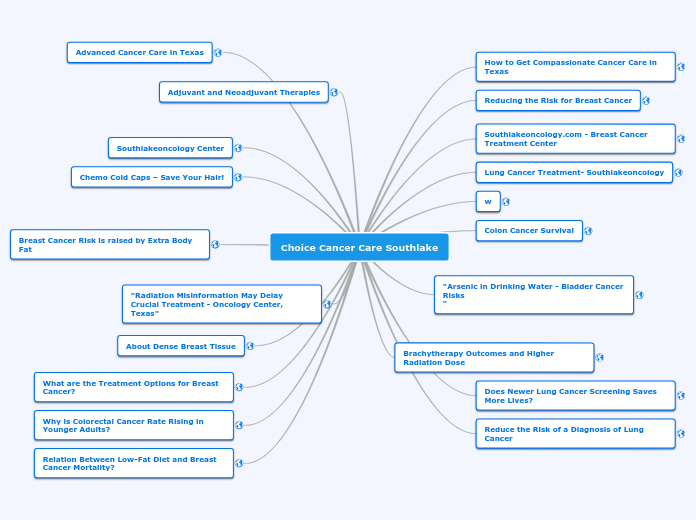IGCSE Physics
Energy
Solids, liquids and gases
Magnetism
Radiation
Waves
Electricity
Forces and motion
Astronomy
1.35 use the relationship between orbital speed, and time period
insert formula somehow
1.34 describe the differences in the orbits of comets, and planets
1.33 explain that gravitational force:
causes moons to orbit planets
causes the planets to orbit the sun
causes artificial satellites to orbit the Earth
causes comets to orbit the
1.32 understand gravitational field strength, g, and recall it is different on other planets and the moon from that on the Earth
Forces, movement, shape and momentum
1.31 describe elastic behaviour as the ability of a material to recover its original shape after the forces causing deformation have been removed.
1.30 understand that the initial linear region of a force-extension graph is associated with Hooke’s law
1.29 describe experiments to investigate how extension varies with applied force for helical springs, metal wires and rubber bands
1.28 understand that the upward forces on a light beam, supported at its ends, vary with the position of a heavy object placed on the beam
1.27 know and use the principle of moments for a simple system of
parallel forces acting in one plane
1.26 recall that the weight of a body acts through its centre of gravity
1.25 know and use the relationship between the moment of a force and its distance from the pivot:
1.24 demonstrate an understanding of Newton’s third law
1.23 use the relationship between force, change in momentum and time taken:
1.22 use the conservation of momentum to calculate the mass, velocity or momentum of objects
1.21 use the idea of momentum to explain safety features
1.20 know and use the relationship between momentum, mass and velocity:
1.19 describe the factors affecting vehicle stopping distance including speed, mass, road condition and reaction time
1.18 describe experiments to investigate the forces acting on falling objects, such as sycamore seeds or parachutes
1.17 describe the forces acting on falling objects and explain why falling objects reach a terminal velocity
1.16 know and use the relationship between weight, mass and g:
1.15 know and use the relationship between unbalanced force , mass and acceleration:
1.14 understand that friction is a force that opposes motion
1.13 find the resultant force of forces that act along a line
1.12 understand that force is a vector quantity
1.11 distinguish between vector and scalar quantities
1.10 identify different types of force such as gravitational or electrostatic
1.9 describe the effects of forces between bodies such as changes in speed, shape or direction
Movement and position
1.8 determine the distance travelled from the area between a velocity-time graph and the time axis
1.7 determine acceleration from the gradient of a velocity-time graph
1.6 plot and interpret velocity-time graphs
1.5 know and use the relationship between acceleration, velocity and time
1.4 describe experiments to investigate the motion of everyday objects such as toy cars or tennis balls
1.3 know and use the relationship between average speed, distance moved and time
1.2 plot and interpret distance-time graphs
Here are the different graph shapes which are useful
A youtube video about distance time
A useful website about speed?









